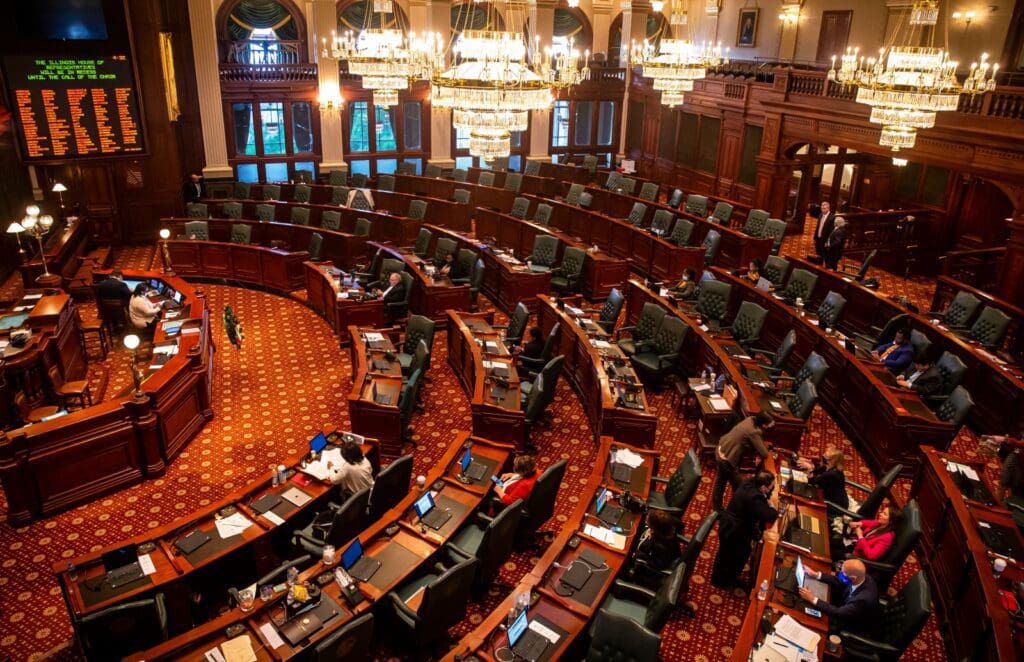
The Illinois Legislature’s fall veto session starts today. Here’s what to expect.
Illinois Gov. JB Pritzker and statewide lawmakers are gathering in Springfield this week for the first week of the state legislature’s veto session. Happening this week and in November, it’s a time for lawmakers to consider vetoes, continue work on existing legislation or introduce something new.
Let’s break it down some more.
What is the fall veto session? Why does it happen?
The Legislature comes back for two weeks every fall, ostensibly, to address vetoes Pritzker issued over the summer.
There are a few types of vetoes the governor can enact. He can reject a bill outright (total veto) or change certain parts of it (amendatory veto). If it’s an appropriations bill — or spending bill — he can also cut spending from it (line item or reduction veto).
On the first day, the secretary of state delivers the vetoes to either the House or the Senate, depending on where the measure originated. Lawmakers from that point have 15 calendar days to either override the veto or accept the governor’s changes — the bill becomes law that way. If they do nothing and let the veto stand, the bill either dies or — in the case of an appropriations measure — it becomes law with the changes the governor wanted.
